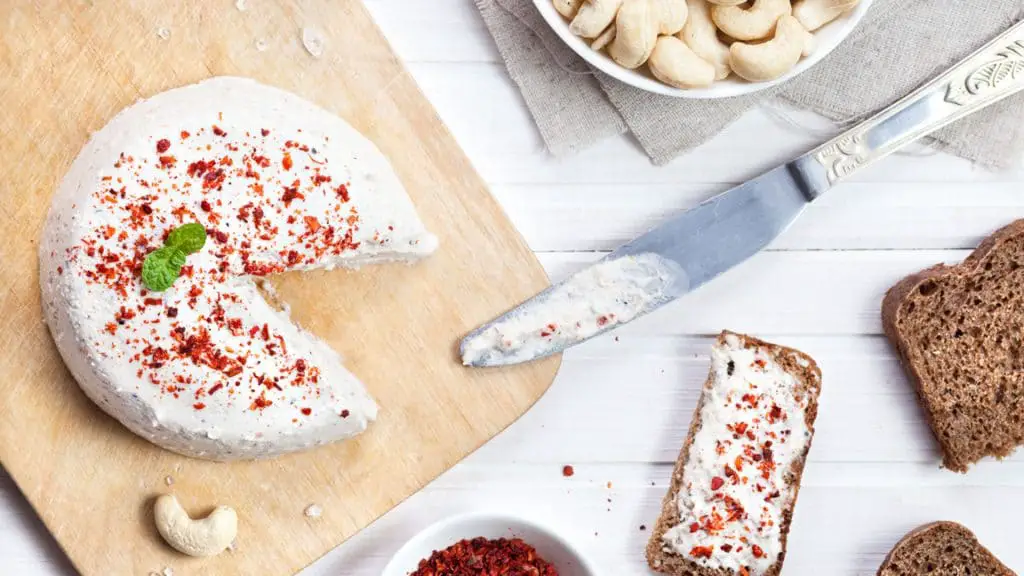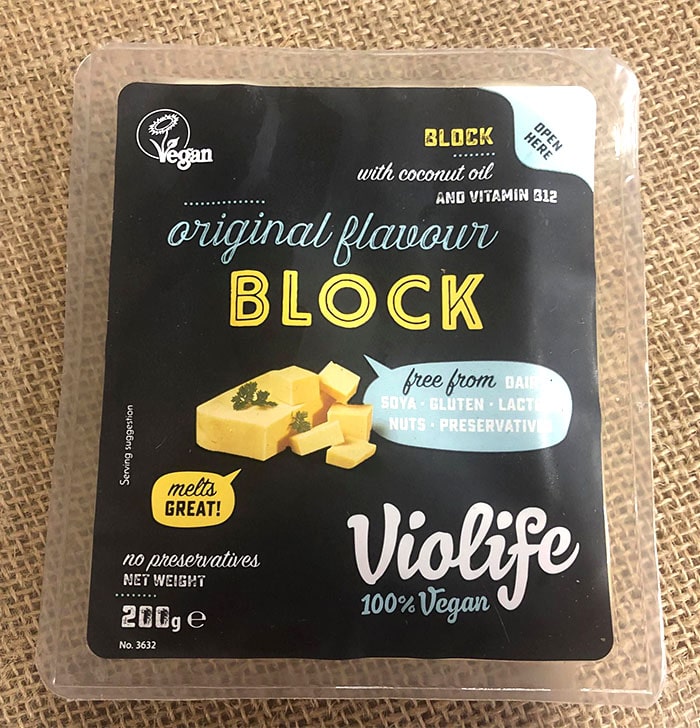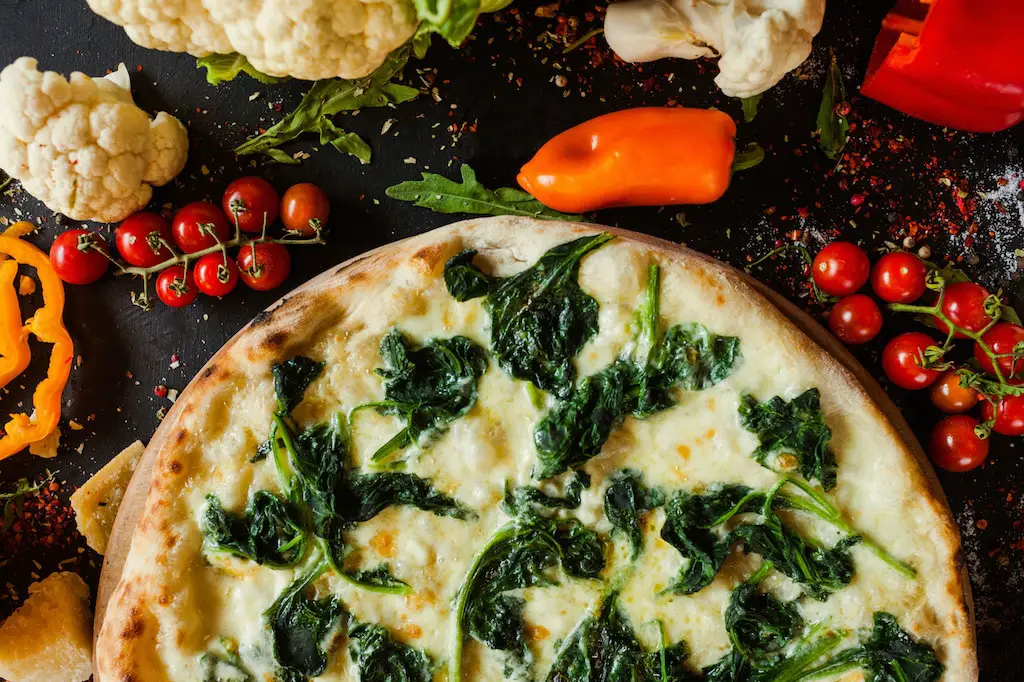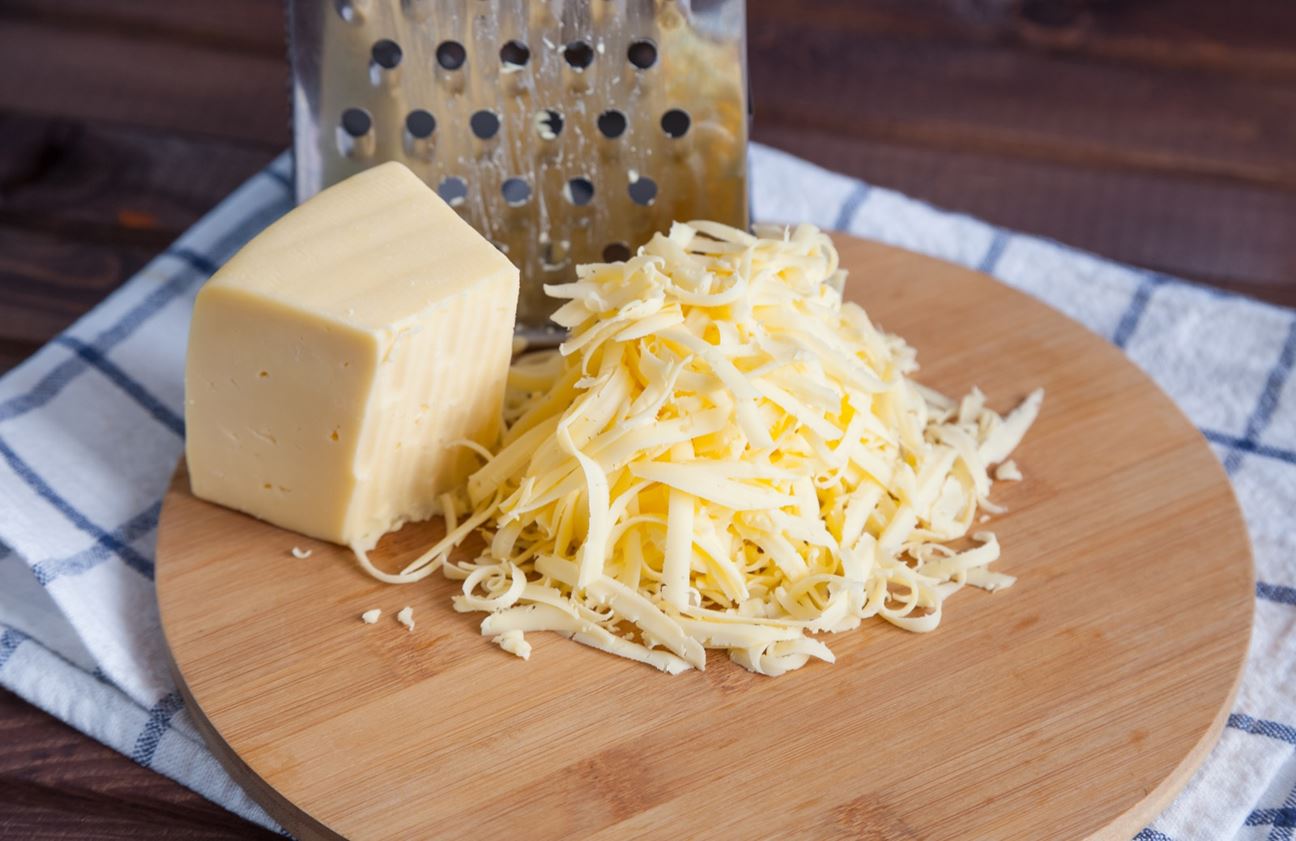Millions of people around the world are awakening to a new awareness that what we put in our bodies can have a drastic effect on our overall well-being. With an uptick in long-term diseases and no end in sight, many people are swapping out meat, dairy, and processed foods for a more natural, plant-based diet. While it can be hard to make the jump to full-vegan, research suggests that even minimal tweaks to your diet, to reduce your sugar, sodium, and cholesterol intake can have profound effects on your health.
One of the most popular foods is cheese. Whether it’s in block form, individual slices, or the imitation kind you scoop out of a jar, its taste and texture make it very addictive. Some of the most popular foods use cheese: pizza, scalloped potatoes, cheeseburgers, casseroles, and chicken cordon bleu just to name a few. With it being such a staple of the Western diet, its understandable how many of us have trouble cutting back on it.
However, as delicious as it is, it certainly isn’t the most healthy food you could be consuming, as it contains high levels of fat, as well as cholesterol. Furthermore, dairy cheese is oftentimes subjected to growth hormones and carcinogenic animal proteins, both of which are pretty terrible to be ingesting on a regular basis.
But there is hope, and a healthier alternative is available: vegan cheese.
Vegan cheese attempts to replicate all the goodness of dairy cheese, but in a much healthier manner. It uses a plant-based approach, which can help in lowering your risk of heart disease, high blood pressure, cancer, diabetes, and obesity. Vegan cheese also eliminates cholesterol, which is abundantly present in its dairy counterpart, and potentially deadly when you have high levels of it in your bloodstream.

How Is Vegan Cheese Made?
To give you a reference point on the vegan cheesemaking process, you should first know how dairy cheese is made. Dairy cheese comes from various animals that produce milk, with the most common being cows. However, you can find cheese that is made from goats, buffalo, and sheep as well.
After being filtered, the milk gets standardized, which is where the addition of fat, cream, and protein may take place. This is done to start the milk at the same base level, adding consistency throughout the cheese. The next step is pasteurization, which eliminates any bacteria that may be present in the milk. After removing the bad bacteria, good bacteria (also known as “starter cultures”), are added in. These cultures ferment the milk’s sugar (lactose), turning it into lactic acid. Different cheeses will use different cultures, as they’re a big part of sculpting the texture and flavor of cheese.
At this point, color (if necessary) is added, and rennet, which acts as a solidifier. Next up is the separation process, which entails removing the gelled solid pieces from the liquid whey protein. Dry cheeses are cut into small curds to remove more moisture, while larger cheeses are cut larger to keep moisture intact. Further moisture removal is attained by heating and stirring the curds, releasing even more whey, and it is only after this is done that the cheese curds can be pressed. Certain flavors require the curds to be salted and pressed into a form, while others will pressed into a hoop and brined. The pressing helps further remove any whey, and depending on the cheese, it may be aged before it’s ready for consumption.
So how does this process differ from vegan cheese?
Vegan cheese requires little ingredients and can be made at home with a blender, and your stove. Depending on the recipe, you will be using nuts/seeds to provide the plant-based protein. Various elements can be added to give it some flavor (ie. basil, oregano, salt, garlic, etc.), and everything is blended into a cream.
On your stove, you will heat up a mixture of agar agar and water, eventually adding in the cream and bringing it to a boil. Agar agar is essentially vegan gelatin, and acts as an emulsifier/thickener. Once everything is thoroughly mixed, the cream is then put into a small dish like a ramekin, and refrigerated until it has set. In a few short hours, your vegan cheese will be ready to eat.
Does Vegan Cheese Taste Like The Real Thing?
This is the eternal question when it comes to vegan food. How does it compare to the original version, and is it a worthy replacement?
Aside from the health benefits, what’s nice about vegan cheese is that is comes in various flavors that emulate the dairy cheese you grew up on – cheddar, mozzarella, brie, and herb-flavored cheese are all available in vegan form. Vegan cheese has also made huge strides since it was first introduced, and the bad rap it once had is quickly becoming out of date.
Whether or not it tastes like the real thing is up for debate, and depends largely on the company making it. There are some vegan cheeses that replicate dairy cheese so well, you will have a hard time making the distinction between the two. There are also vegan cheeses that don’t taste anything like the dairy cheese they are imitating. Vegan cheese has a hard time replicating a “sharp” cheese taste thats a hallmark of dairy cheese. This is because the plant proteins don’t bond to each other as well as milk proteins do. Therefore vegan cheese relies more on salt, and various herbs/flavors to give the cheese a more potent taste.
Comparing Ingredients & Nutrition
Analyzing at the information below, the picture becomes more clear when it comes to the differences between dairy cheese and vegan cheese. This comparison looks at one of the most common cheeses on the US market, Kraft Big Slice American Cheese, versus Violife’s Original Flavor Block vegan cheese.
Kraft Big Slice American Cheese Ingredients: Colby Cheese (Pasteurized Milk, Cheese Culture, Salt, Beta-Carotene (Color), Enzymes), Cream Cheese Powder (Milkfat, Nonfat Milk, Milk, Salt, Cheese Culture, Carob Bean Gum)

Violife Original Flavor Block Ingredients: Water, Coconut Oil (21%), Starch, Modified Starch, Sea Salt, Flavourings, Olive Extract, Color: B-Carotene, Vitamin B12
As you can see, the ingredient lists couldn’t be further apart. While Kraft uses milks, fats, powders, and cow-sourced Colby Cheese, Violife uses more natural products like coconut oil and sea salt. When breaking down their nutritional content in a chart, you can see what these products have in common, and where they wildly differ.
|
Nutritional Content |
Kraft Big Slice American Cheese 23g Serving Size |
Violife Original Flavor Vegan 30g Serving Size |
|
Fat |
7g |
6.3g |
|
Cholesterol |
25mg |
– |
|
Carbohydrates |
– |
6.3g |
|
Protein |
5g |
– |
|
Sodium / Salt |
130mg |
700mg |
|
Calcium |
170mg |
– |
|
Vitamin B12 |
– |
0.75mg |
|
Sugar |
– |
– |
The only thing these two cheeses share is that they both contain zero sugar. While the fat content is similar, the vegan cheese serving is larger, and contains less fat than the dairy cheese. Also, because the fat from vegan cheese is supplied from plant-based nuts and seeds, it is a much healthier. The dairy cheese provides you with calcium and protein from the milk, whereas the vegan cheese can’t really compete in these areas. Carbohydrates are also non-existent in the dairy cheese, a sharp contrast to the 6.3g carb content in the plant-based option.
Where we see the widest gap is in cholesterol, and sodium. Surprisingly, the vegan cheese has much more sodium than the dairy option, but it has zero cholesterol compared to Kraft’s 25mg. It is important to note, that the vegan cheese uses sea salt, which is healthier than iodized salt. Also, if you are making your own vegan cheese at home, you can always ease up on the salt, or cut out it out altogether. However, the cholesterol level in the dairy cheese is worrisome, as high cholesterol levels have been linked to a myriad of health issues.
Can You Melt Vegan Cheese?
We all love the way dairy cheese melts to a gooey, stretchy consistency. It’s one of the main reasons why people love grilled cheese sandwiches and pizza so much! Dairy cheese contains solid milk fat that, when heated, turns the cheese into that melted goodness.

Vegan cheese doesn’t contain milk fat, so it is understandable why some people would come to the conclusion that it can’t melt. However, contrary to popular belief, vegan cheese will melt just like dairy cheese, although not quite the same. When heated, vegan cheese usually takes a few more minutes to achieve a melted consistency, and it doesn’t have quite as much stretch that you get with dairy cheese. But rest assured, you can still have delicious grilled cheese sandwiches with vegan cheese.
How Long Can You Store It?
Vegan cheese has a pretty good shelf life once it’s been opened, but it also depends on the ingredients. A high fat content mixed with a low water content means it will keep longer, whereas cheese that is basically coconut oil mixed with flavoring will eventually dry out. In general though, most vegan cheeses should keep for at least 2 weeks, provided you keep it in an airtight container in your fridge. As with all things, there are some exceptions, as vegan cream cheese/camembert/brie can turn bad after only a week or so. You should always do an inspection for any mold, and make sure it passes the sniff test. Vegan cheese can also be frozen and thawed out if you are looking to prolong its life.
Where To Buy Vegan Cheese?
Many grocery stores today have implemented a healthy food section where you can find various vegan products. Aside from this, there are also health food stores such as Whole Foods, which dedicate their entire inventory to products that promote good health. If you still can’t find it locally, most vegan cheese companies include a store locator link on their website, making it easy for you to find their products. Of course, if you want to do the minimal amount of work, you can always order your vegan cheese online and have it delivered right to your door.
Final Words
Healthy eating is growing in popularity, and with it comes the evolution of vegan foods that were, at one time, written off as inedible. Vegan cheese in particular, has come a long way since its inception, and is turning people on to a new way of enjoying food as well as the health benefits that come with it.

